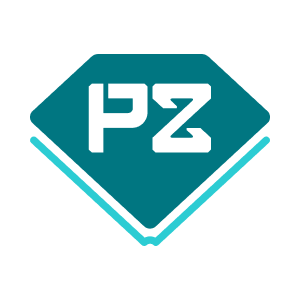NO.PZ202301280100000802
问题如下:
The
Endowment Fund (TEF) of a domestic research university is currently undergoing
its triennial governance audit and review of operations. The research,
selection, and evaluation of investment managers are the responsibilities of the
investment committee. Individual asset selection is delegated by the committee
to outside managers and reviewed by internal staff. Performance evaluation and
reporting are conducted by the internal staff, with input from consultants and
custodians.
TEF’s
mission is threefold: (1) support scholarships, (2) support capital
improvements,and (3) fund a portion of the university’s operating budget. In
addition to considering expected return in relation to volatility, the
investment committee wants to include the following factors in its strategic
asset allocation review:
• The domestic equity market represents only 7% of
global equity market capitalization.
• The university attracts a global student body, and
enrollment levels tend to track the performance of developed market economies.
• The university plans to significantly increase its
spending on capital improvements over the next several years.
• Since contributions typically come from external
donors, TEF has little control over the timing and amounts of contributions to
the fund.
TEF’s
current investment objective is to generate a real rate of return in excess of
thatrequired to fund ongoing distributions in accordance with TEF’s mission,
with a maximum acceptable volatility of 16% per year, and to maximize the
Sharpe ratio of TEF’s total financial assets . TEF is intent on selecting
portfolios that make efficient use of asset risk. TEF employs a mean–variance
optimization approach that considers only the expected returns, risks, and correlations
of the asset classes in the opportunity set.
The
current financial assets of TEF consist of $45 million in domestic large and
mid-cap equities and $35 million in domestic nominal fixed income. The present
value of expected future contributions to TEF is estimated to be $230 million.
The financial liabilities of TEF consist of mortgage debt currently valued at
$19 million. The present value of expected future support is estimated to be
$171 million. TEF invests through external managers.
As part
of the review of operations, a consultant examines the asset class correlations
of TEF’s current equity investments, finding that none of the classes’ pairwise
correlations exceed 0.95.
The
consultant considers domestic small-cap equities a separate asset class that
would not raise any new regulatory restrictions. The consultant recommends that
TEF consider adding this asset class to its existing domestic equity
allocation.
A range
of potential strategic asset allocation choices for consideration by the
investment committee are developed by the internal staff through optimization
exercises and are presented in Exhibit 1.
Exhibit 1

TEF’s broad approach to asset allocation can best be described as:
选项:
A.asset-only.
goals-based.
liability-relative.
解释:
Asset-only approaches to asset allocation focus solely on the asset side of the investor’s balance sheet. Liabilities are not explicitly modeled. Mean–variance optimization (MVO) is the most familiar and deeply studied asset-only approach. MVO considers only the expected returns, risks, and correlations of the asset classes in the opportunity set. In contrast, liability-relative and goals-based approaches explicitly account for the liability side of the economic balance sheet, dedicating assets to meet, respectively, legal liabilities or quasi-liabilities (other needs that are not strictly liabilities but are treated as such) and goals.
请教一下为什么不是liability driven?目标里说为了达到。。。的收益率去support 。。。的支出么?




